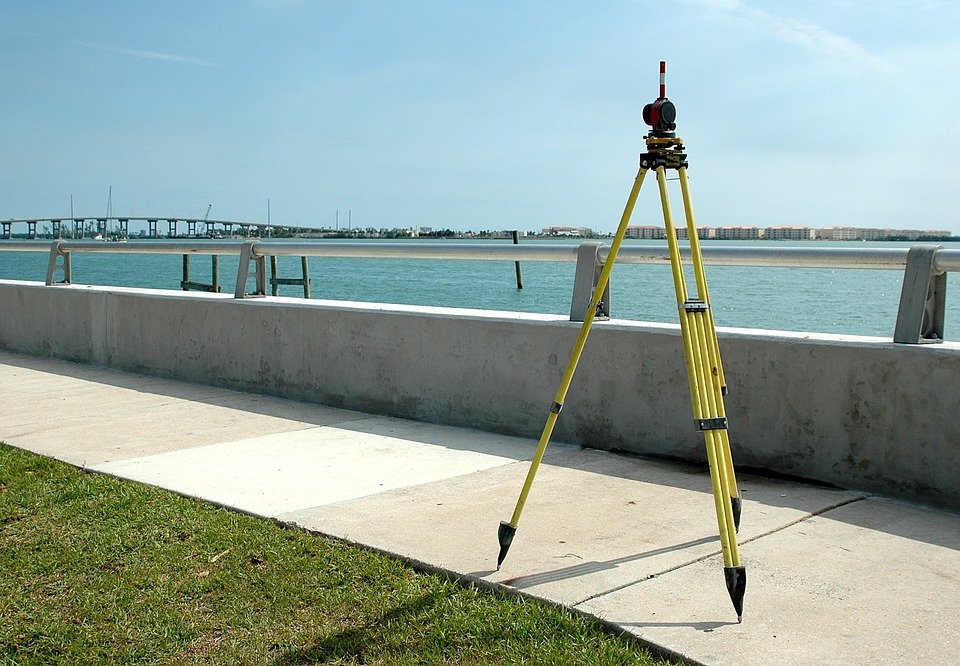[ad_1]
Harnessing Elevation Data to Enhance Precision Farming
Precision farming is a rapidly growing field that uses technology and data to improve the efficiency and productivity of agricultural operations. One of the most important tools used in precision farming is elevation data, which can be used to improve crop yield, reduce fertilizer and pesticide usage, and optimize irrigation practices.
What is Elevation Data?
Elevation data is a type of geographical data that measures the height of land features such as mountains, rivers, and valleys. This data is usually gathered from satellite images, aerial photography, or laser scanning. Elevation data can be used to map out terrain features and create digital elevation models (DEMs).
How Can Elevation Data be Used in Precision Farming?
Elevation data can be used to inform precision farming decisions. When combined with other types of data such as soil type, crop type, and weather forecasts, elevation data can be used to improve crop yield, reduce fertilizer and pesticide usage, and optimize irrigation practices.
For example, elevation data can be used to identify areas of the farm that are at risk of flooding. This information can be used to create a drainage system that prevents water from pooling in certain areas, which can help to reduce crop loss and improve crop yield.
Elevation data can also be used to identify areas of the farm that are at risk of soil erosion. This information can be used to develop conservation strategies such as terracing to help prevent soil erosion and improve crop yield.
Benefits of Using Elevation Data in Precision Farming
Using elevation data in precision farming can have a number of benefits, including:
• Improved crop yield: Elevation data can be used to identify areas of the farm where crop yield can be improved. This information can be used to adjust farming practices such as irrigation, fertilizer, and pesticide usage to optimize crop yield.
• Reduced fertilizer and pesticide usage: Elevation data can be used to identify areas of the farm that are at risk of soil erosion. This information can be used to develop conservation strategies that reduce the need for fertilizer and pesticide use.
• Optimized irrigation practices: Elevation data can be used to identify areas of the farm that are at risk of flooding. This information can be used to create an effective drainage system that prevents water from pooling in certain areas, which can help to reduce water waste and improve crop yield.
Conclusion
Elevation data is an important tool used in precision farming to improve crop yield, reduce fertilizer and pesticide usage, and optimize irrigation practices. When combined with other types of data, elevation data can provide crucial information that can help farmers make informed decisions about their farming practices. By harnessing the power of elevation data, farmers can improve the efficiency and productivity of their operations and ensure a sustainable future for agriculture.
[ad_2]


